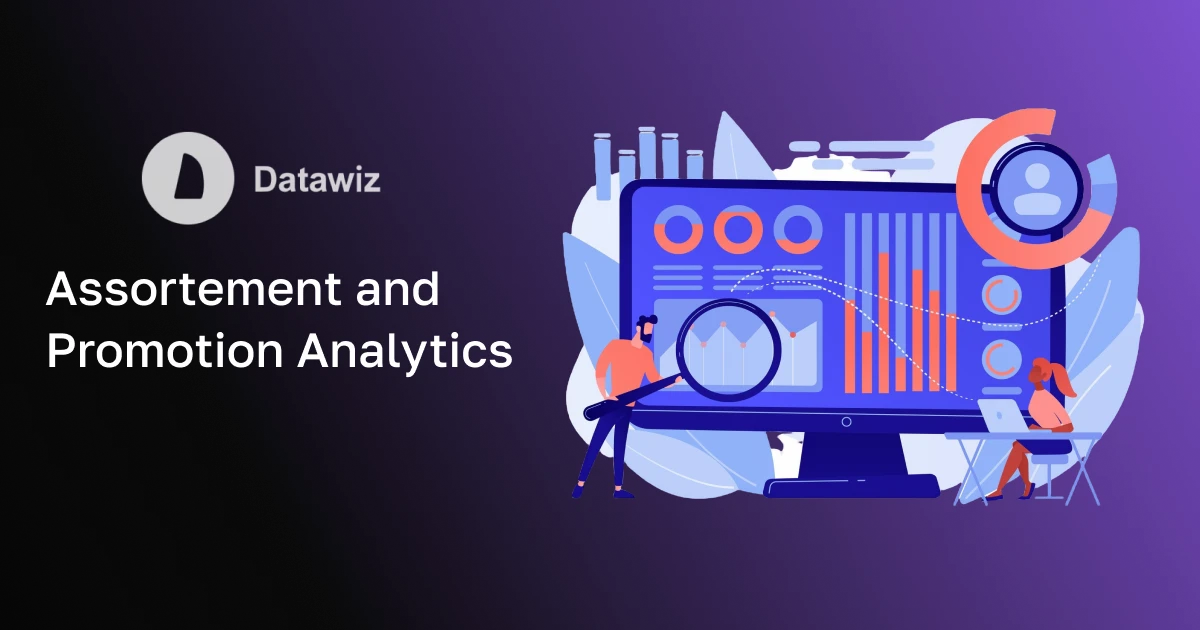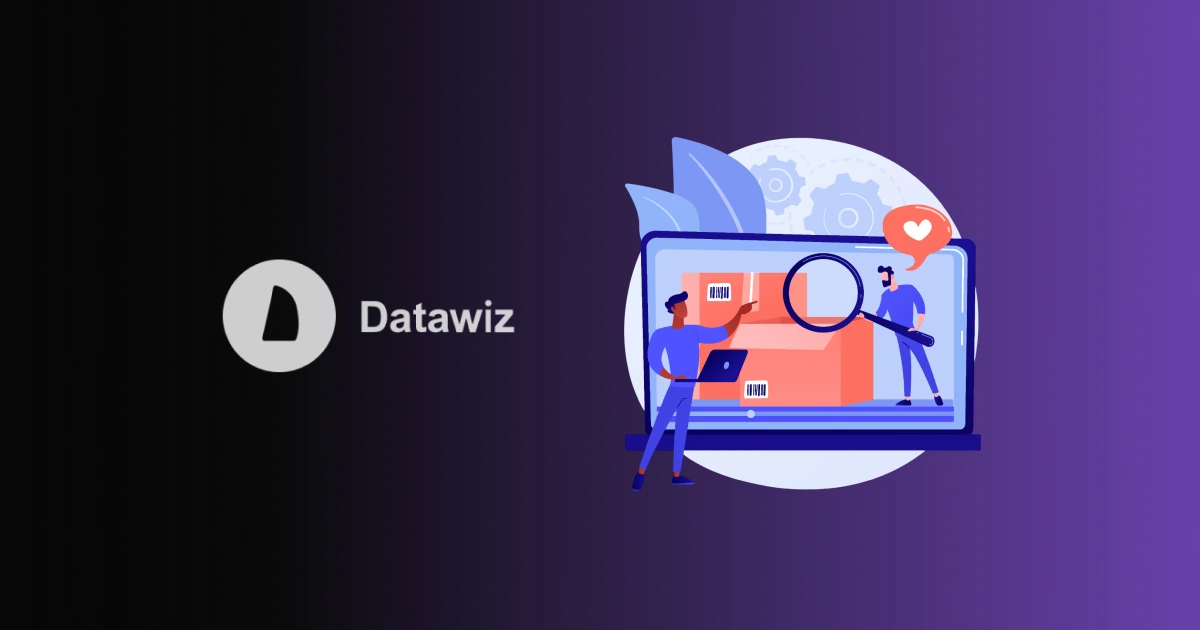In the world of retailing, business success depends directly on the efficiency of assortment management, timely replenishment of stock and competent evaluation of advertising campaigns. Modern companies are forced to adapt to changing market conditions using the latest data analysis methods and automation tools.
Assortment Analytics
Properassortment managementis the foundation for a profitable business. In a highly competitive market, companies are constantly expanding their product lines in an attempt to reach the maximum audience. However, this often leads to excessive production, storage and logistics costs. To avoid such problems and allocate resources efficiently, the ABC-analysis method is used.
ABC-analysis is based on Pareto's law (20/80), according to which 20% of goods generate 80% of income. The method involves dividing allmerchandiseinto three groups:
- Group A - the most important goods that provide the main income (approximately 20% of the assortment).
- Group B - goods of average importance (about 30%).
- Group C - less importantmerchandisethat make up the remaining 50% of the assortment.
Advantages of ABC-analysis:
- Versatility: it is used to analyze goods, customers, suppliers and even employees.
- Simplicity: the method can be easily adapted to different business processes.
- Resource saving: avoids unnecessary production and storage costs.
- Optimization: helps to forecast demand and improve pricing strategy.
With ABC-analysis, companies can focus on the most profitable products, minimizing the costs of less important items.
OoS (Out of Stock): Causes and Consequences
Out-of-Stock is a situation when an item is not available on store shelves or in stock. According to experts, the OoS problem reduces retailers' profits by 3% annually. The main causes:
- Errors in calculations: incorrectly determined safety stock.
- Demand spikes: sudden growth of popularity of a certain category ofmerchandise.
- Problems with suppliers: delays in deliveries.
- Financial constraints: lack of funds for purchasing.
- Human factor: errors of managers when forming orders.
What losses does the company incur?
- Loss of profits: lack of popular products reduces revenues.
- Customer exodus: customers start looking for alternatives from competitors.
- Reduced loyalty: repeated unavailability of products causes customers to choose other brands or stores.
To avoid OoS problems, you need to implement modern BI solutions that allow you tomonitor inventoryin real time.
How to Evaluate the Effectiveness of Advertising?
Advertising is an important tool for increasing sales. However, for it to be truly effective, you need to carefully plan campaigns and evaluate their outcomes.
Step 1: Define goals and KPIs
The goals of advertising campaigns may include:
- Increasing turnover.
- Attracting new customers.
- Increasing frequency of visits.
- Increase in averagereceipt.
For each goal, it's important to set specific KPIs such as traffic, number of purchases by promo code, or ROI.
Step 2:Analyze the results
Once the ad campaign is complete, you need to compare the actual metrics to the planned metrics. Key metrics include:
- Turnover: total revenue for thepromotionperiod.
- Profit: net benefit including all costs.
- Averagereceipt: average purchase amount.
Step 3:Calculate ROI
ROI (Return on Investment) shows how profitable the advertising investment was. Formula:
ROI, % = (Revenue - Costs) ÷ Costs × 100%
Step 4: Consider all channels
Integrating physical and digital channels is key to a successful advertising strategy. Use:
- Promo codes: to track offline activity.
- UTM tags: to analyze online traffic.
- CRM systems: to study buying behavior.
Step 5: Analyze additional metrics
- Traffic to the store: measure how advertising affects the number of visitors.
- Averagereceipt: assess whether the averagereceiptamount grows after the campaign is launched.
- Purchase frequency: track whether customers are returning more often.
Service for Business Snalysis in Retail
In today's environment, it is almost impossible to achieve high efficiency without using Business Intelligence (BI) solutions. BI provides systematic accounting, data analysis and strategic decision support based on deep business insights.
Datawiz BIis an innovative platform that helps retailers optimize business processes. Its key benefits include:
- Data visualization: user-friendly dashboards enable instant analysis of key metrics.
- Stock analysis: systematized information on campaign performance (turnover, ROI, profit).
- Stock control: forecasting demand and minimizing Out-of-Stock risk.
- Process automation: saving time on routine tasks.
Datawiz analytics platform also provides powerful tools for analyzing advertising activities. For example, the Stock Analysis report allows you to:
- Evaluate the results of promotions (turnover, averagereceipt, ROI).
- Compare the effectiveness of different promotional campaigns.
- Analyze product behavior during promotional and non-promotional periods.
With the use of BI platforms, companies can achieve significant sales growth, increase productivity and make informed decisions quickly. It is a tool that helps not only to respond to changes but also to plan for the future with confidence.
 Novedades
Novedades





 ¡No se necesita tarjeta bancaria!
¡No se necesita tarjeta bancaria!